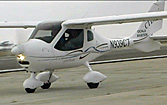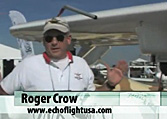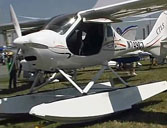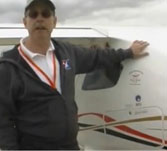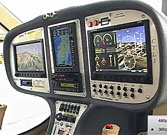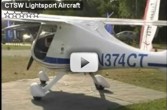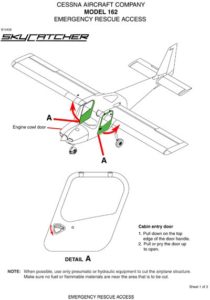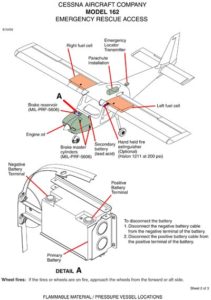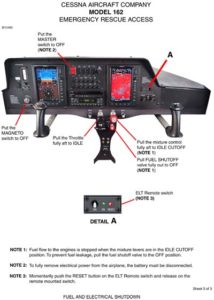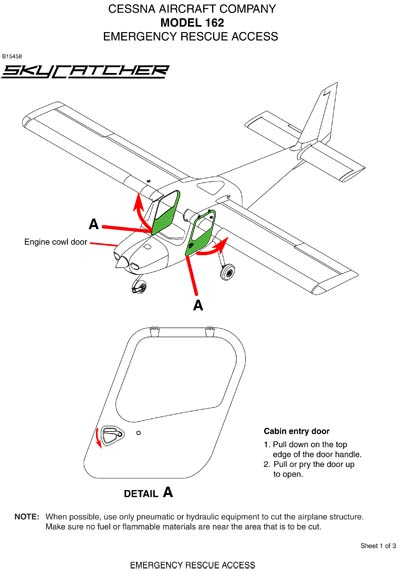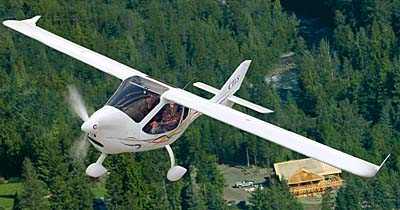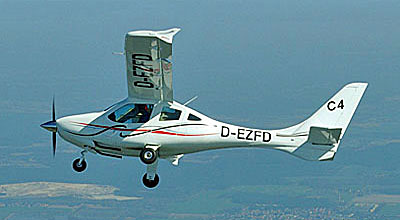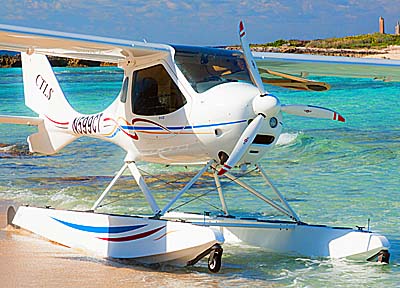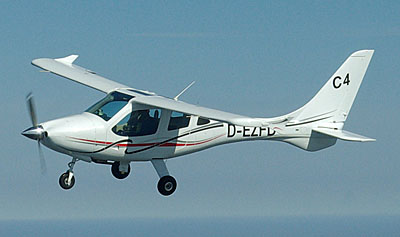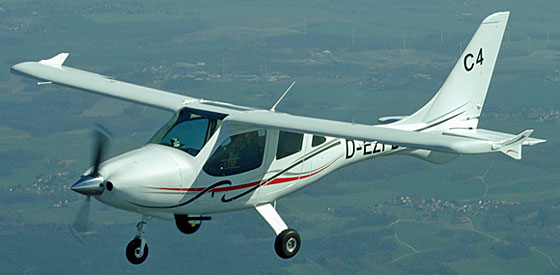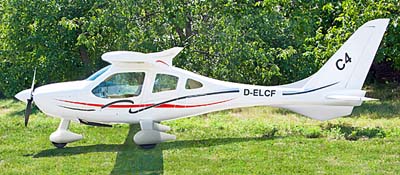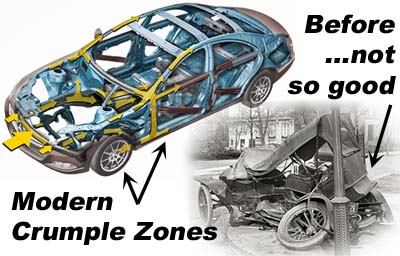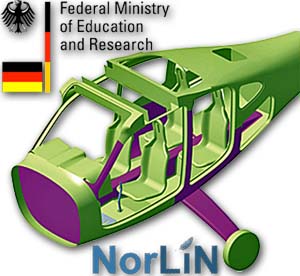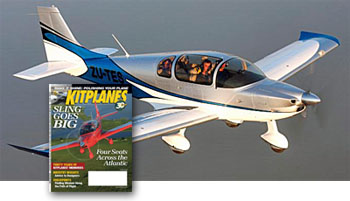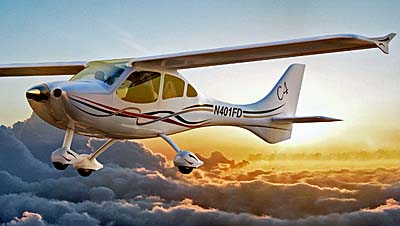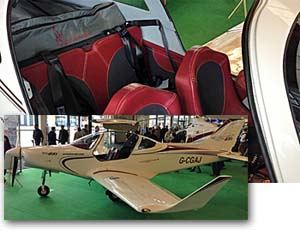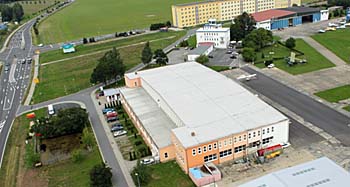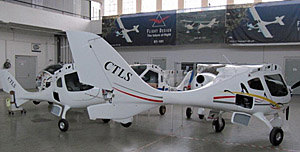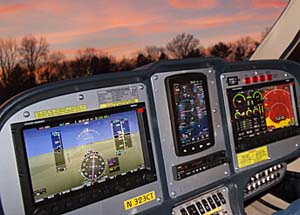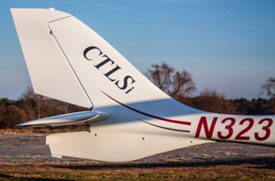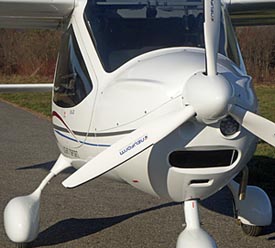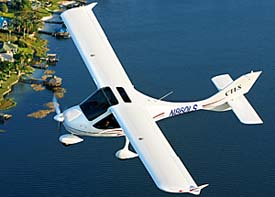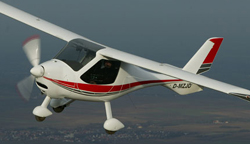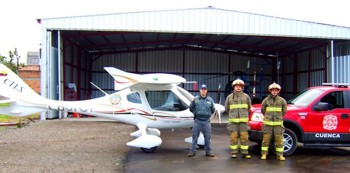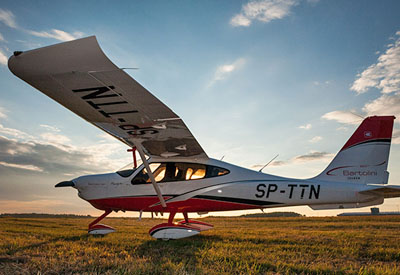
A good friend in aviation journalism and Editor-in-Chief of Plane & Pilot magazine is Robert Goyer. We’ve known each long enough to have stood around years ago at South Lakeland Airpark waiting to fly this or that new ultralight. In his Going Direct column earlier this month, Robert wrote an editorial about FAA’s Part 23 rewrite project. Using an LSA viewpoint, I wanted to add some commentary to his observations. My goal here is twofold: (1) Show how success with LSA led to good things for other aircraft sectors, and (2) Show how LSA continue to significantly outpace sales of Type Certified Single Engine Piston aircraft. Robert wrote, “The FAA announced earlier this week that the Part 23 Rewrite has taken effect. This means that the rule, which gives manufacturers leeway to employ what are known as consensus standards to meet airworthiness standards instead of the FAA’s prescriptive rules.


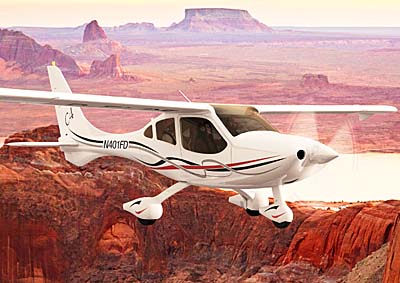
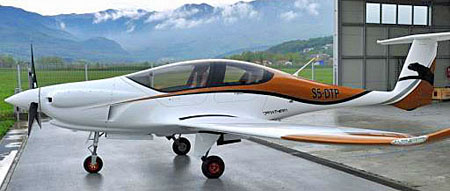
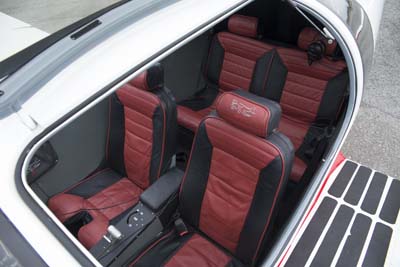
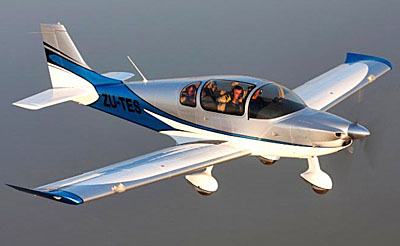
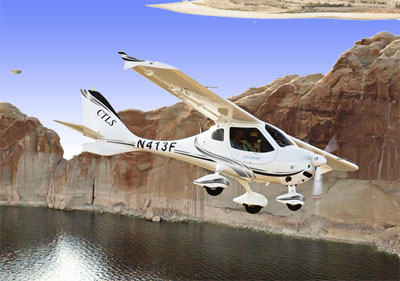 After more than a year, a resolution was reached for the airplane that topped the charts in the LSA space since Day One. Although Flight Design's CT-series was
After more than a year, a resolution was reached for the airplane that topped the charts in the LSA space since Day One. Although Flight Design's CT-series was 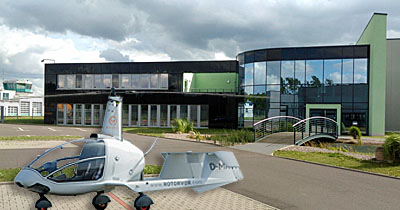 Tom explained, "The new company will be known as Flight Design General Aviation, GmbH. After concluding the sale of all major company assets to the Lift Holding investment group, Flight Design General Aviation will be based at a new and modern facility (photo) near the historic town of Eisenach in the Thuringia region of Germany.
Tom explained, "The new company will be known as Flight Design General Aviation, GmbH. After concluding the sale of all major company assets to the Lift Holding investment group, Flight Design General Aviation will be based at a new and modern facility (photo) near the historic town of Eisenach in the Thuringia region of Germany.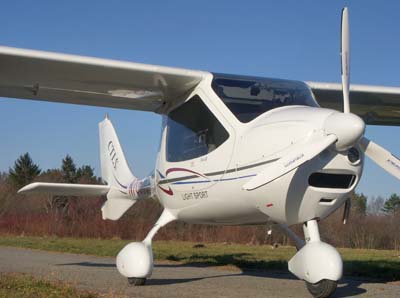 Lift is also the owner of the
Lift is also the owner of the 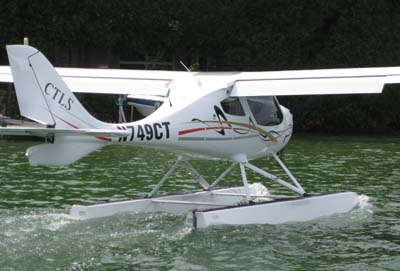 FDGA has aircraft operating in 48 countries around the globe. The company will soon employ 20 employees in Germany — mostly highly qualified engineers and technicians — as well as about 100 manufacturing employees in Ukraine. Since the founding of the company in 1988 and the establishment of the Ukrainian production plant in 1993, the company has delivered over 1,800 aircraft.
"Flight Design has some unique products and experience in the production of all carbon-composite, very efficient light aircraft. We want to invest in development of those products and also achieve leadership in customer support," said Lars Joerges, the new Managing Director of FDGA.
Flight Design General Aviation also plans to continue development of the C4 four-place aircraft, although Tom Peghiny said the program would change to accommodate the efficiencies in a changing certification landscape in the United States and abroad, referring to the long-awaited Part 23 rewrite and its mirror regulation in Europe.
Tom indicated that FDGA will make a return to AirVenture for the 2018 event.
FDGA has aircraft operating in 48 countries around the globe. The company will soon employ 20 employees in Germany — mostly highly qualified engineers and technicians — as well as about 100 manufacturing employees in Ukraine. Since the founding of the company in 1988 and the establishment of the Ukrainian production plant in 1993, the company has delivered over 1,800 aircraft.
"Flight Design has some unique products and experience in the production of all carbon-composite, very efficient light aircraft. We want to invest in development of those products and also achieve leadership in customer support," said Lars Joerges, the new Managing Director of FDGA.
Flight Design General Aviation also plans to continue development of the C4 four-place aircraft, although Tom Peghiny said the program would change to accommodate the efficiencies in a changing certification landscape in the United States and abroad, referring to the long-awaited Part 23 rewrite and its mirror regulation in Europe.
Tom indicated that FDGA will make a return to AirVenture for the 2018 event.